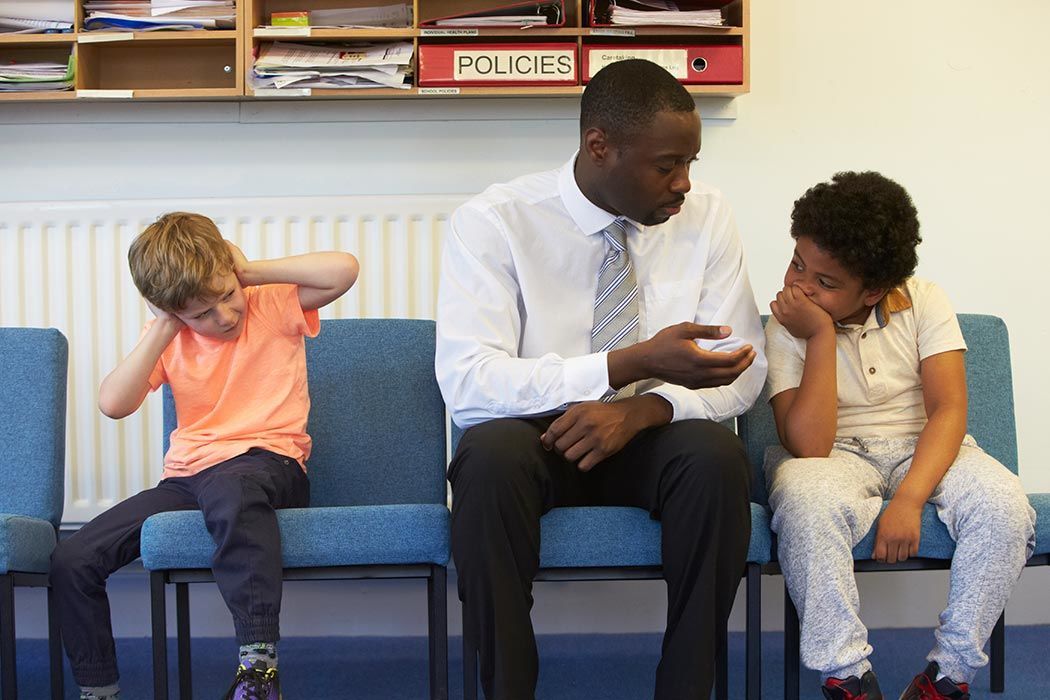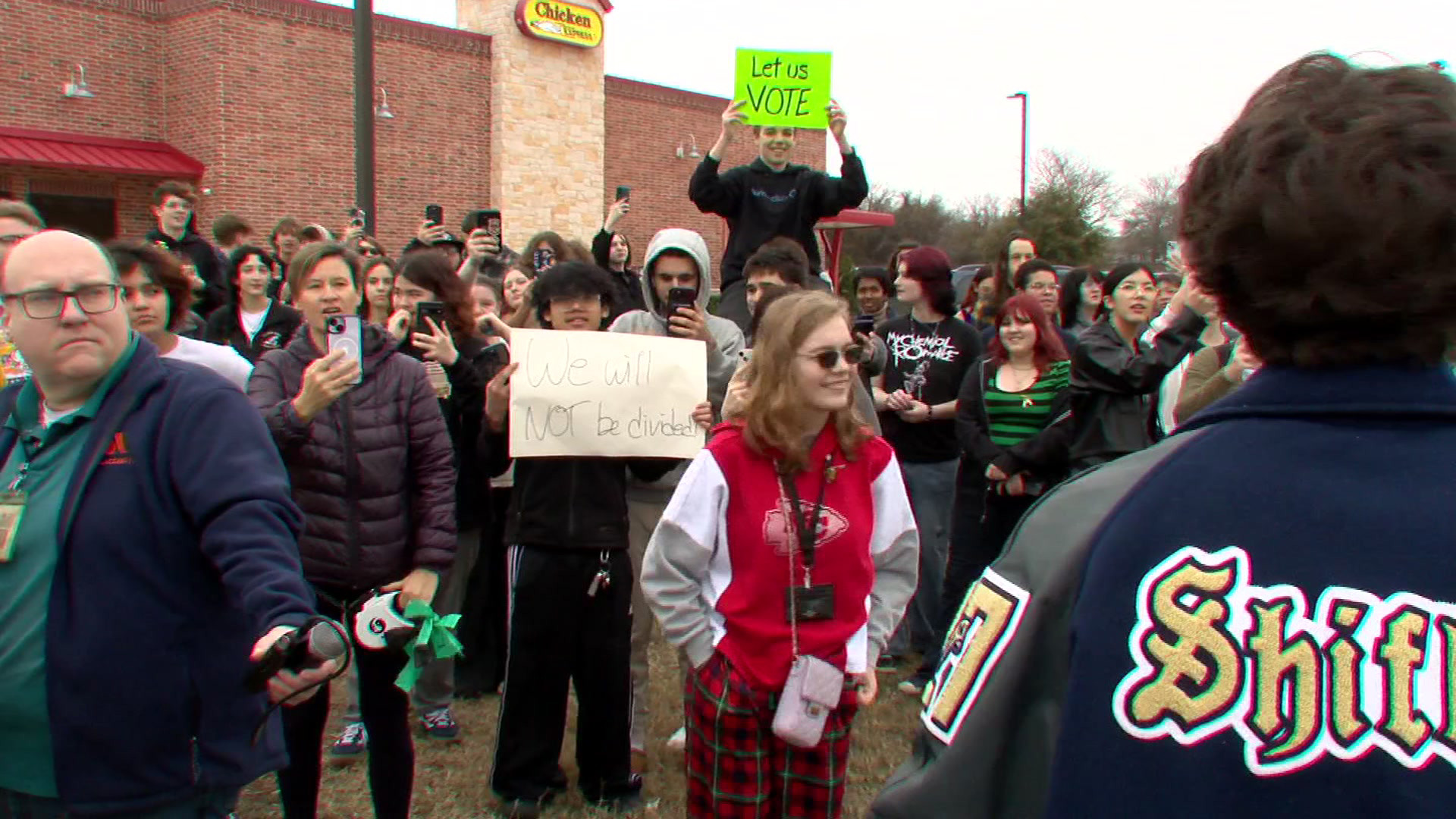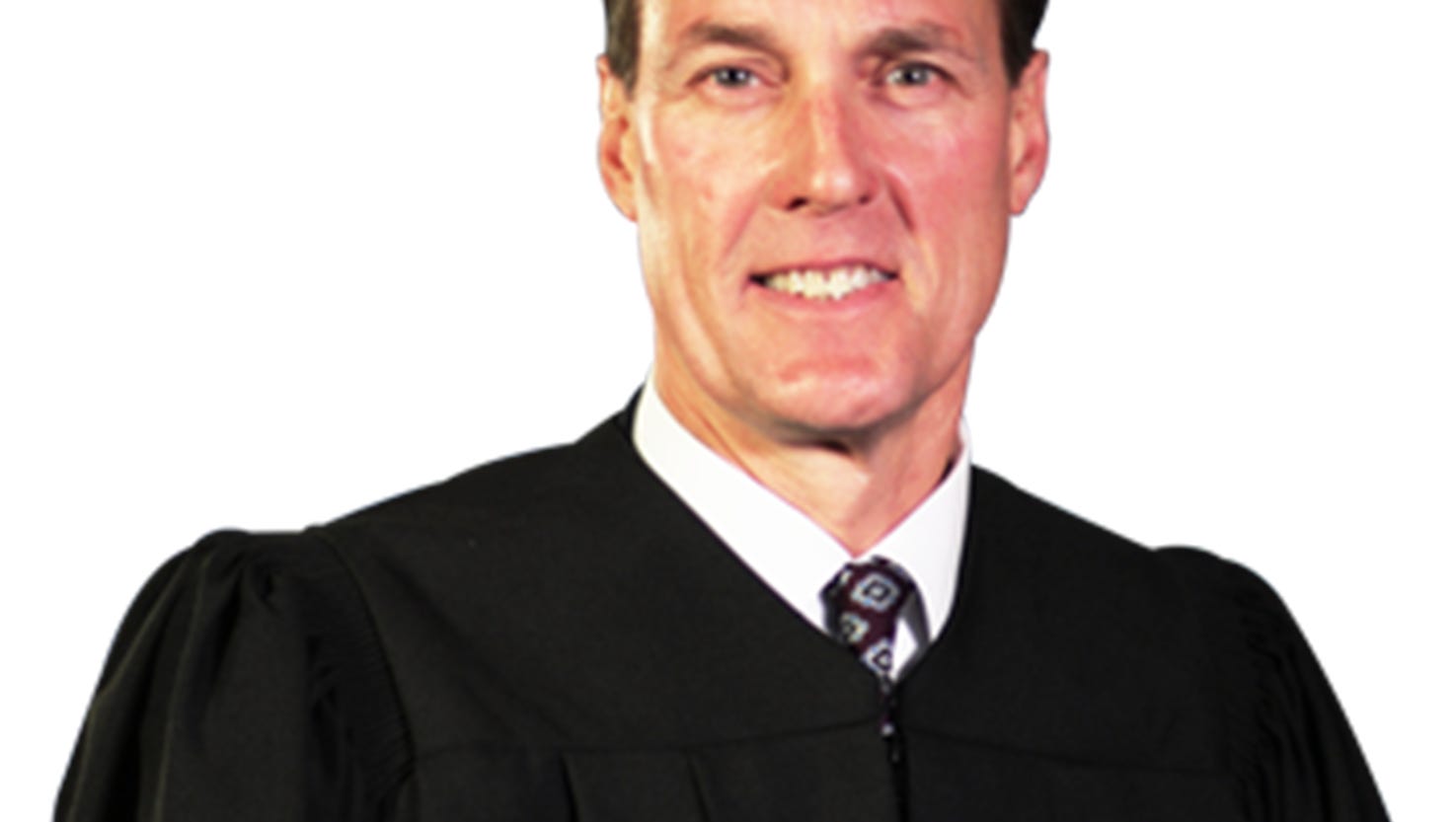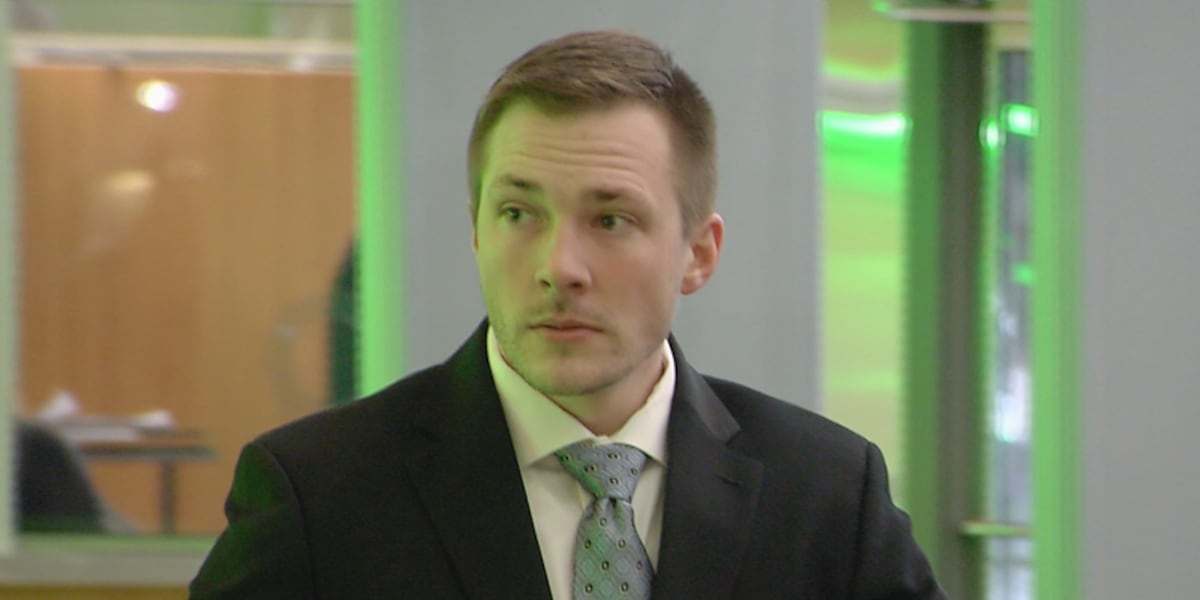Rethinking School Suspensions: Promoting Positive Discipline

Table of Contents
H2: The Ineffectiveness of Suspensions
School suspensions, while seemingly a straightforward disciplinary measure, often fail to address the root causes of misbehavior and can even exacerbate existing problems.
H3: Increased Behavioral Issues
Suspensions often create a cycle of negativity, leading to further behavioral issues. Removing a student from the learning environment doesn't address the underlying reasons for their misbehavior; instead, it can disrupt their education, negatively impact their social-emotional development, and increase their likelihood of future disciplinary actions.
- Increased likelihood of dropping out: Studies have shown a strong correlation between school suspensions and increased dropout rates. Students who are frequently suspended are more likely to become disengaged from school and ultimately leave before graduation.
- Involvement in the juvenile justice system: Suspension can be a gateway to more serious consequences. Students who are repeatedly suspended are at a higher risk of involvement with the juvenile justice system.
- Negative social-emotional development: The isolation and stigma associated with suspension can negatively impact a student's self-esteem, social skills, and overall emotional well-being. This can create a vicious cycle, making future behavioral problems more likely.
This cycle of suspension, disengagement, and further misbehavior underscores the urgent need for alternative approaches.
H3: Disproportionate Impact
The impact of school suspensions is not felt equally across all student populations. Minority students and students with disabilities are disproportionately affected, highlighting a significant equity issue within school discipline systems.
- Implicit bias in disciplinary practices: Research consistently demonstrates that implicit biases among school staff can contribute to the disproportionate suspension of minority students. This unconscious bias can lead to harsher punishments for similar infractions.
- Lack of access to support services: Students with disabilities or those from marginalized communities often lack access to adequate support services, such as counseling, special education, or social-emotional learning programs. This lack of support can exacerbate their behavioral challenges.
- The need for equity in school discipline: Creating a truly equitable school discipline system requires a commitment to addressing the systemic factors that contribute to the disproportionate suspension of certain student groups. This includes addressing implicit bias, providing adequate support services, and implementing culturally responsive disciplinary practices. Data from the U.S. Department of Education consistently shows the disparity, demanding a change in approach.
H2: Positive Discipline Strategies
Instead of relying on punitive measures like school suspensions, schools can adopt positive discipline strategies that focus on prevention, intervention, and restorative practices.
H3: Restorative Justice Practices
Restorative justice focuses on repairing harm and building relationships. It shifts the focus from punishment to accountability and healing.
- Restorative circles: These meetings bring together all parties involved in a conflict (the student, victim, and community members) to discuss the harm caused and develop a plan for repair.
- Conflict resolution: Schools can implement conflict resolution programs that teach students effective communication and problem-solving skills to manage disagreements peacefully.
- Peer mediation: Training students to mediate conflicts between their peers can empower them to resolve issues constructively and build a more positive school climate. This reduces the need for administrative intervention and fosters a sense of community responsibility.
These methods foster empathy and accountability, resulting in improved student behavior and stronger school communities.
H3: Behavioral Interventions and Supports
Proactive strategies can address student needs and prevent misbehavior before it escalates.
- Positive Behavior Interventions and Supports (PBIS): This framework uses data-driven decision-making to create a positive school-wide culture and teach students expected behaviors.
- Social-Emotional Learning (SEL): SEL programs teach students essential skills like self-awareness, self-management, social awareness, relationship skills, and responsible decision-making. These skills are crucial for navigating social situations and making positive choices.
- Individualized behavior plans: These plans are tailored to address the specific needs of individual students and provide targeted support. This personalized approach ensures that interventions are relevant and effective.
H3: Collaboration with Parents and Families
A strong home-school partnership is critical for effective behavior management.
- Open communication: Regular communication between school staff and parents is essential for sharing information about student behavior and developing a consistent approach to discipline.
- Shared decision-making: Parents should be involved in the development and implementation of behavior plans for their children.
- Home-based behavioral support strategies: Schools can provide parents with resources and support to implement consistent behavior management strategies at home.
This collaboration creates a unified approach to addressing student behavior.
H2: Implementing Change: Practical Steps for Schools
Transitioning to a positive discipline model requires a concerted effort from school administrators, teachers, and support staff.
H3: Staff Training and Professional Development
Equipping educators with the necessary skills is crucial for successful implementation.
- Workshops and online courses: Schools should provide staff with training in restorative justice, PBIS, SEL, and other positive discipline strategies.
- Mentoring programs: Pairing experienced staff with those new to positive discipline can provide valuable support and guidance.
- Ongoing professional development: Continuous learning is essential to ensure that staff remain up-to-date on best practices and can adapt their approaches as needed.
Investing in staff training is an investment in creating a more positive and effective learning environment.
H3: Policy Review and Reform
School discipline policies should reflect a positive discipline approach.
- Prioritizing prevention and intervention: Policies should emphasize proactive strategies to prevent misbehavior before it occurs.
- Restorative practices over suspension: Policies should minimize the use of suspension and prioritize restorative practices as primary disciplinary tools.
- Clear, consistent, and equitable policies: Policies should be clear, consistent, and applied fairly to all students, regardless of race, ethnicity, gender, or disability.
Updating policies reflects a commitment to creating an equitable and supportive learning environment for all students.
H3: Data Collection and Evaluation
Regular monitoring is essential to assess the effectiveness of positive discipline strategies.
- Tracking suspension rates: Monitoring suspension rates can help schools measure the impact of their positive discipline initiatives.
- Student behavior data: Tracking student behavior, including positive behaviors and incidents of misbehavior, can provide valuable insights into the effectiveness of interventions.
- School climate surveys: Gathering data on school climate, including student perceptions of safety, belonging, and support, can provide a broader picture of the school environment.
Using data-driven decision-making ensures that schools continually refine their approach to positive discipline and maximize its effectiveness.
3. Conclusion:
School suspensions are an ineffective and often inequitable disciplinary tool. By embracing positive discipline strategies like restorative justice, PBIS, SEL, and strong home-school partnerships, schools can create safer, more supportive, and more equitable learning environments for all students. The disproportionate impact of suspensions on minority students and students with disabilities underscores the urgent need for change. Let's work together to build schools where every student thrives. Learn more about effective alternatives to school suspensions and advocate for change in your community today. Let's replace the harmful cycle of school suspensions with the positive impact of proactive and equitable discipline.

Featured Posts
-
 Trust Care Health Expands Adding Mental Health Treatment To Its Portfolio
May 02, 2025
Trust Care Health Expands Adding Mental Health Treatment To Its Portfolio
May 02, 2025 -
 Should You Buy Xrp After Its 400 Price Increase A Detailed Look
May 02, 2025
Should You Buy Xrp After Its 400 Price Increase A Detailed Look
May 02, 2025 -
 The Walking Deads Negan Jeffrey Dean Morgans Fortnite Experience
May 02, 2025
The Walking Deads Negan Jeffrey Dean Morgans Fortnite Experience
May 02, 2025 -
 Proposed Keller Isd Split Examining The Potential Negative Consequences
May 02, 2025
Proposed Keller Isd Split Examining The Potential Negative Consequences
May 02, 2025 -
 Trumps Tariffs A Judges Power To Review Challenged
May 02, 2025
Trumps Tariffs A Judges Power To Review Challenged
May 02, 2025
Latest Posts
-
 Cassidy Hutchinsons Memoir Key Jan 6 Witness To Detail Events This Fall
May 10, 2025
Cassidy Hutchinsons Memoir Key Jan 6 Witness To Detail Events This Fall
May 10, 2025 -
 Trump Issues 10 Tariff Warning Exceptional Deals Only Exempt
May 10, 2025
Trump Issues 10 Tariff Warning Exceptional Deals Only Exempt
May 10, 2025 -
 Trump Administration Considers Curbing Migrant Detention Appeals
May 10, 2025
Trump Administration Considers Curbing Migrant Detention Appeals
May 10, 2025 -
 Gpb Capital Founder Sentenced 7 Years For Ponzi Like Scheme
May 10, 2025
Gpb Capital Founder Sentenced 7 Years For Ponzi Like Scheme
May 10, 2025 -
 Wall Streets Resurgence A Look At Failed Bear Market Predictions
May 10, 2025
Wall Streets Resurgence A Look At Failed Bear Market Predictions
May 10, 2025
